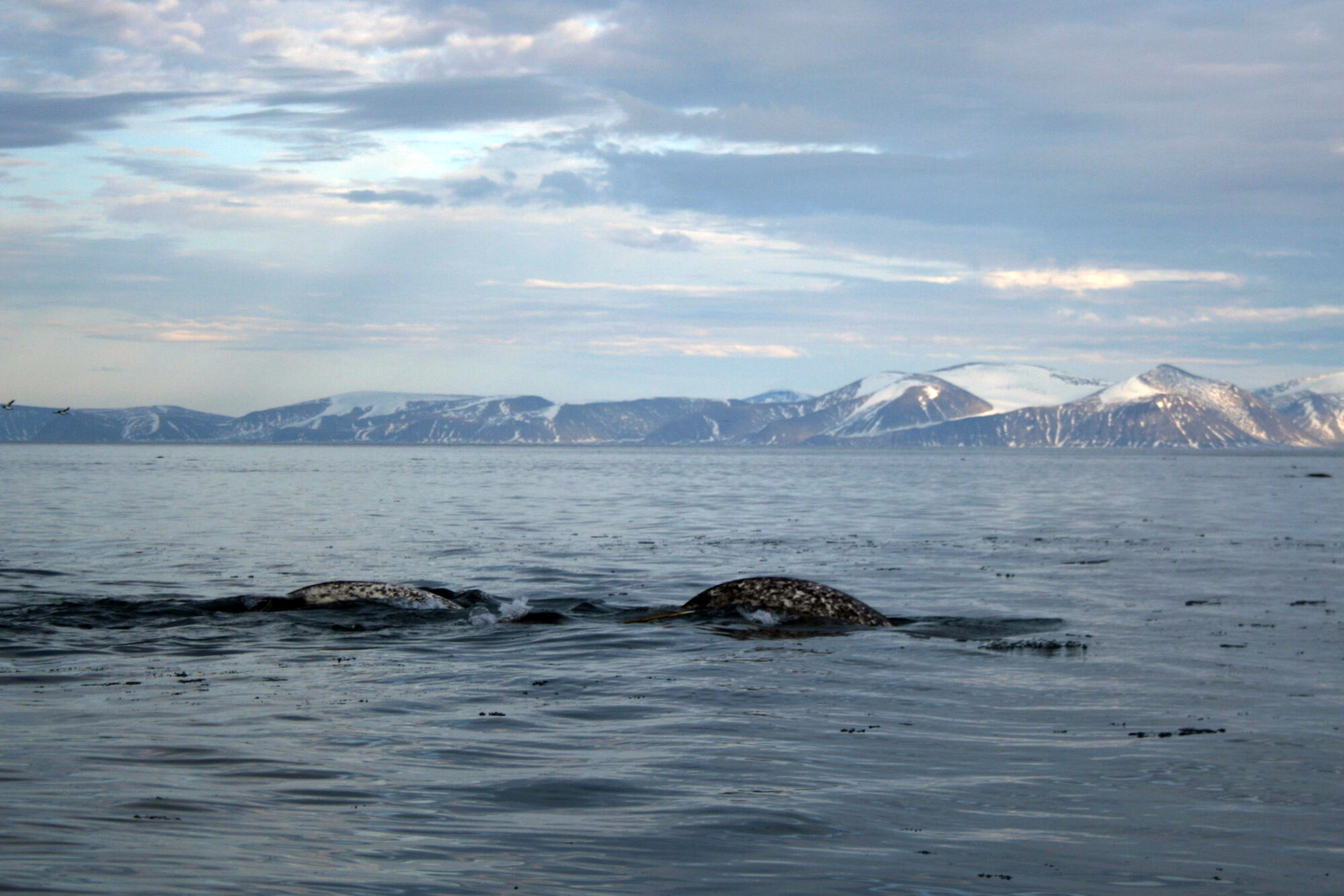
What Do Oceans Have To Do With Climate Change?
What Do Oceans Have To Do With Climate Change?
Oceans North | June 7, 2021
It’s World Oceans Day, a time to reflect on the richness of our “blue spaces” and how to better protect them. What’s often overlooked is the crucial role our oceans play in regulating temperatures around the globe and mitigating climate change. But greenhouse gases are pushing our oceans to their limits, causing damage to rich marine ecosystems in the Arctic and Atlantic regions, as well as around the planet.
Here’s a Q & A about some of the links between our oceans and climate change. And if you want to test your knowledge, read to the end and take our quiz!
- How do our oceans play a role in moderating our climate?
Oceans cover 71 per cent of the planet. They hold 83 per cent of the world’s carbon—around 20 times the amount that’s stored in plants and soils. Our oceans also regulate climate by absorbing solar radiation and releasing water to produce rain.
- How has climate change affected our oceans?
Our oceans absorb about 31 per cent of our carbon emissions each year and have absorbed more than 90 per cent of the heat caused by global warming over the past 50 years.
In the short term, this has helped slow climate change. But it’s causing problems. Warmer oceans are contributing to more powerful hurricanes, and a combination of warmer water and melting ice is causing the sea level to rise.
When our oceans absorb the carbon dioxide emissions we generate, the water becomes more acidic. Ocean acidification is bad news for calcifying species such as crabs, corals, and oysters: when the water is more acidic, it makes it harder for these animals to grow their shells and skeletons.
- Are there particular ecosystems or areas of our oceans that are especially important or vulnerable when it comes to climate change?
Over the last 50 years, the average temperature in the Arctic has increased by over 3°C—three times the average elsewhere on the planet. Warming temperatures are melting permanent sea ice, which in turn is causing the Arctic to warm faster. This influx of freshwater is driving changes to the currents in the ocean that help regulate the global climate. Carbon dioxide also dissolves more easily in cold water, making the polar waters especially acidic.
The high seas, which are waters beyond any one nation’s jurisdiction (200 nautical miles or 370 kilometres off the shore), make up two-thirds of our oceans and store 1.5 billion tonnes of carbon each year. Since the high seas are deep as well as wide, these waters make up 95 per cent of the habitable space for life on Earth. Many important species such as tuna, whales and sharks spend much of their lives migrating across the high seas. There are currently few international rules to protect biodiversity in the high seas, although the United Nations is working on a new global treaty to address this gap.
The deep sea, which includes the seafloor and waters below 200 meters, remains largely unexplored. According to the National Oceanic and Atmospheric Administration, less than 10 per cent of the ocean has been mapped using modern sonar technology. However, we do know that these waters may sequester up to 200 million tonnes of carbon per year.
- What should Canada do to protect our oceans from climate change?
Managing how we use and safeguard our oceans can help protect the climate—likewise, efforts to reduce greenhouse gas emissions will help our oceans. Oceans North has recommended that Canada include ocean-based solutions in its “Nationally Determined Contribution” (NDC) to the Paris Agreement. The NDC is the document where Canada pledges what it is going to do to reduce its emissions. These solutions include:
- Protecting and restoring ocean ecosystems that sequester carbon, such as seagrass beds and the seafloor.
- Integrating climate targets into fisheries management so that activities which disturb carbon sequestered in the seabed are reduced and managed.
- Reducing emissions from shipping and ports by transitioning to zero-emission fuels such as hydrogen.
- Advancing renewable marine-based energy that harnesses the power of the winds, waves and tides and speeds our national transition away from fossil fuels.
- Ensuring that Canada’s Blue Economy Strategy, currently under development, is a net-zero strategy that incentivizes innovation in marine industries and enables further restoration of the marine ecosystem.
Making the link between protecting our oceans and slowing climate change is essential for a healthier future.
Ready to test your knowledge? Take the Oceans and Climate Quiz!
